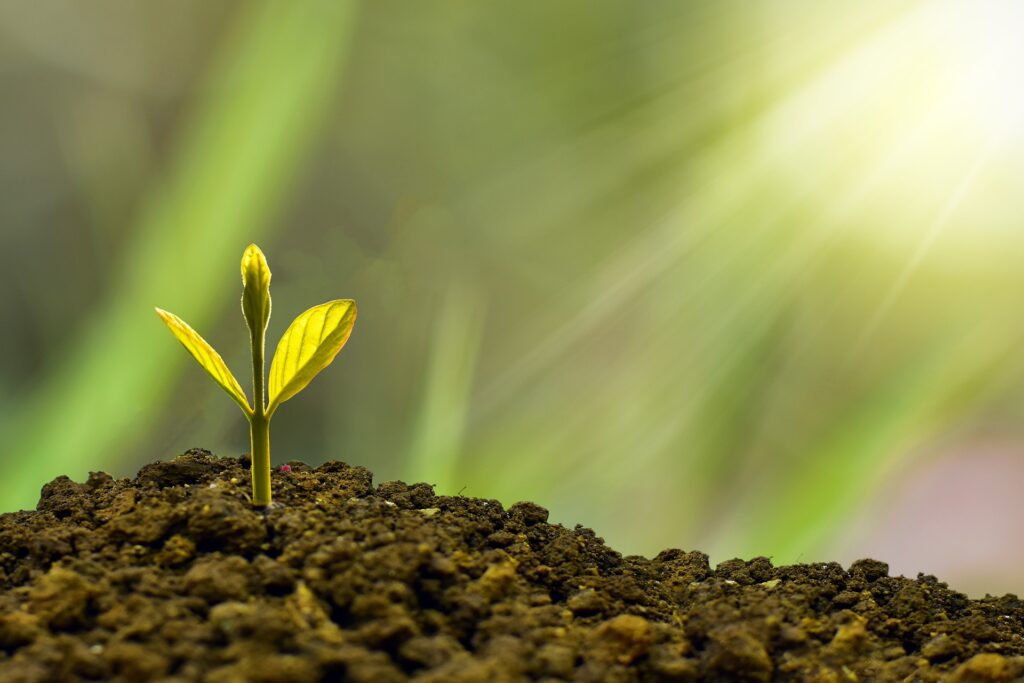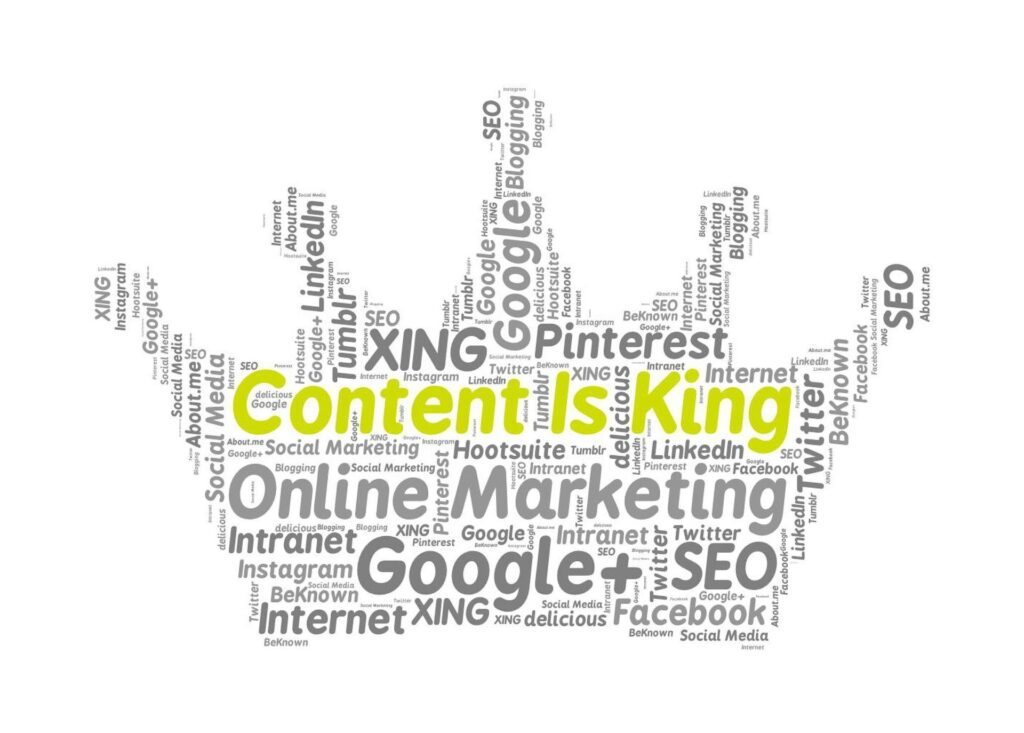
In recent years, drones have rapidly transitioned from novelty gadgets to essential tools in various industries. Drones, or unmanned aerial vehicles (UAVs), are revolutionizing sectors from agriculture to logistics, making businesses more efficient and improving lives in surprising ways. Here’s an exploration of how drones are transforming business practices and everyday experiences.
1. UAV Drones in Agriculture
Agriculture has benefited immensely from UAV drones technology. Farmers can now survey large plots of land quickly, assess crop health, and detect issues like pests or irrigation problems. Equipped with multispectral sensors, drones capture high-resolution images that provide insights into soil health and crop growth. This capability not only saves time and labor but also allows for more precise interventions, leading to healthier crops and less waste. This improved efficiency also impacts consumers by creating more sustainable food production, ultimately helping bring fresh produce to markets at lower costs.
2. Drones in Construction and Infrastructure
In construction, UAV droness offer advantages in safety, efficiency, and data accuracy. They provide aerial views of worksites, allowing project managers to monitor progress in real-time. Surveyors can gather site data faster, and inspectors can assess structural integrity without endangering themselves. UAV drones with LiDAR sensors can even create 3D maps of building sites, aiding in planning and reducing the need for ground-level inspections. This tech ultimately speeds up project completion, reduces costs, and minimizes workplace accidents.
3. Logistics and Delivery Services
The logistics industry is exploring the potential of UAV drones delivery, especially in hard-to-reach locations. Companies like Amazon, UPS, and Zipline are using drones to deliver small packages and medical supplies quickly, bypassing traffic and rugged terrain. This can make a huge difference in remote or rural areas, where accessing essential goods might take hours by traditional methods. In urban settings, UAV drones delivery reduces road congestion, bringing a sustainable solution to last-mile delivery challenges and saving consumers time.
4. Emergency Response and Healthcare
Drones are becoming crucial in emergency response, particularly in disaster-stricken areas. Equipped with thermal cameras, they can quickly locate victims, assess damage, and help responders make informed decisions. In healthcare, drones are saving lives by transporting medical supplies, blood, and organs to remote or disaster-affected areas. For instance, Zipline operates drones in Africa that deliver medical essentials to rural clinics, drastically reducing delivery time and helping medical teams provide timely care.
5. Drones for Real Estate and Property Management
Drones give real estate agents and property managers an edge with aerial photography, providing stunning visuals that attract potential buyers. High-resolution imagery and 3D mapping capabilities let potential buyers view properties remotely, even before setting foot on the site. For property management, drones aid in inspecting rooftops, monitoring outdoor facilities, and spotting damage, reducing the need for labor-intensive inspections.
6. Environmental Monitoring and Wildlife Conservation
UAV Drones are also helping to conserve the environment. In wildlife conservation, drones can monitor endangered species without disturbing their habitats, offering a safer and non-invasive solution for researchers. They’re used to map and monitor forests, assess the health of ecosystems, and detect illegal logging or poaching. The impact on people’s lives is significant, as these efforts protect biodiversity, help combat climate change, and preserve natural resources for future generations.
7. Security and Surveillance
For businesses and public spaces, drones enhance security and monitoring. Equipped with night vision and high-definition cameras, they can patrol large areas autonomously, detecting suspicious activities and alerting security teams. They’re also used in border patrol, traffic monitoring, and crowd control. This level of surveillance not only deters crime but also makes people feel safer, whether at work, events, or in public areas.
8. Media, Entertainment, and Advertising
Drones have transformed the media and entertainment industry, bringing unique aerial shots and perspectives previously accessible only with helicopters. Filmmakers use drones to capture dynamic scenes, while event organizers can create interactive drone light shows that captivate audiences. Marketers are also utilizing drones to create stunning visuals for promotional content, increasing engagement and enhancing brand perception.
9. Inspection and Maintenance of Critical Infrastructure
For industries with critical infrastructure, such as energy, telecom, and transportation, drones perform essential inspection and maintenance tasks. Power lines, pipelines, and cell towers are notoriously challenging to inspect, often requiring dangerous climbing or flying. Drones can perform these inspections safely, detecting issues like corrosion, leaks, or structural weaknesses early. By reducing the need for high-risk operations, drones improve worker safety and contribute to the longevity of critical infrastructure that serves the public.
10. Personal and Home Services
For homeowners, drones are increasingly being used to inspect roofs, gutters, and property lines, saving them the hassle and risk of climbing. Drone-based security systems provide real-time surveillance and a panoramic view of the property, giving homeowners peace of mind. On a larger scale, urban planning authorities can utilize drones to monitor residential areas, ensuring safety standards and supporting better city planning.
Future Trends and Potential
The potential for drones in business is still expanding, with advancements like AI integration promising even greater capabilities. Autonomous drones could revolutionize industries further by carrying out complex tasks independently. With regulatory developments, drones could be used in more urban areas, enhancing logistics and delivery services. These advancements promise to enhance efficiency, safety, and sustainability, with broad benefits for society.
Final Thoughts
https://www.butik.copiny.com/user/comments/id/11517571Drones are more than just a technology trend; they’re a force shaping the future of business and daily life. As they become more accessible and integrated into various industries, drones will continue to help businesses save costs, improve services, and make positive environmental and social impacts. The true potential of drones is only beginning to be tapped, with endless possibilities for innovation and improved quality of life.
As businesses adopt drone technology, they are not only becoming more competitive but also contributing to a more sustainable and connected world.


